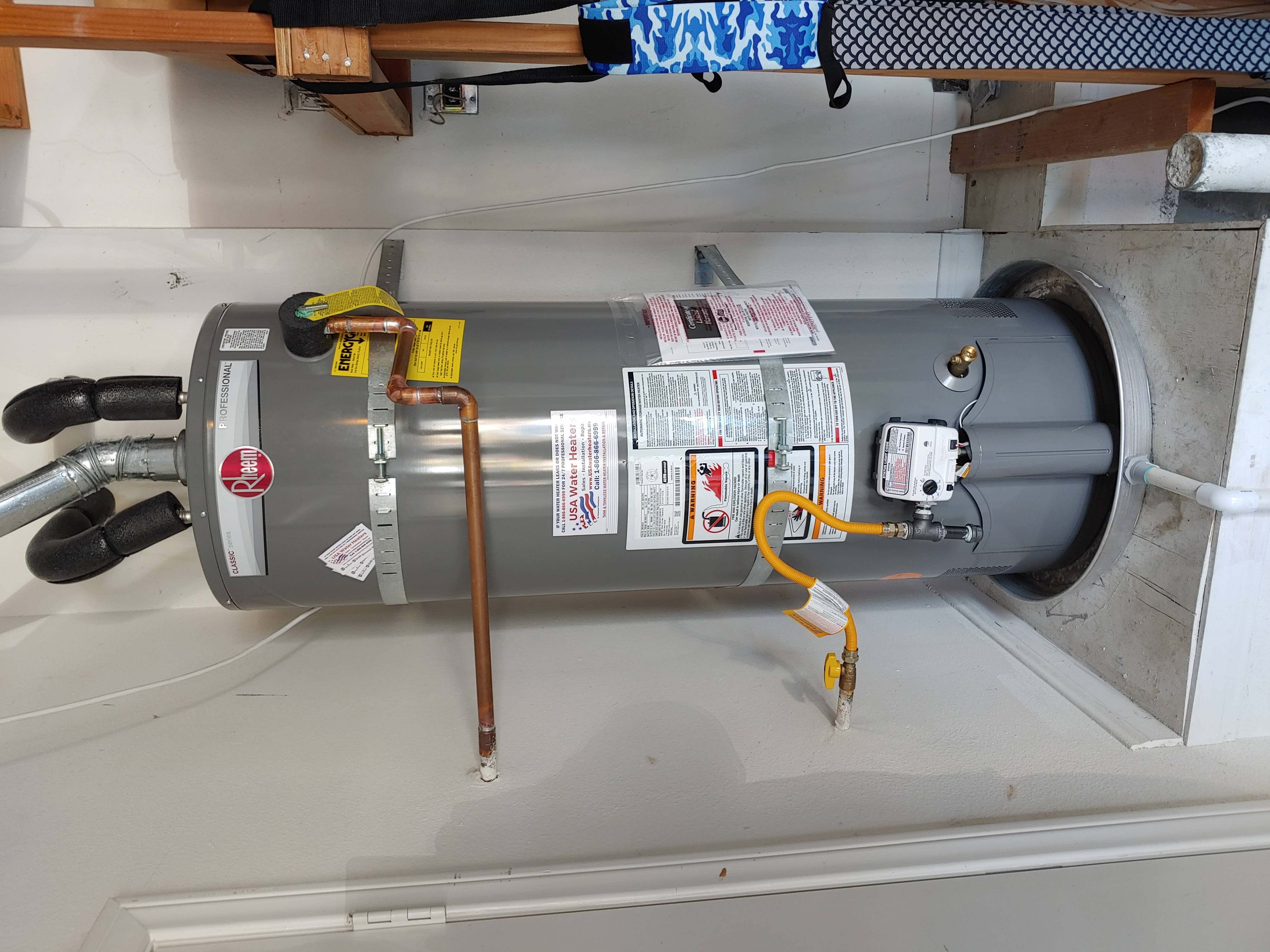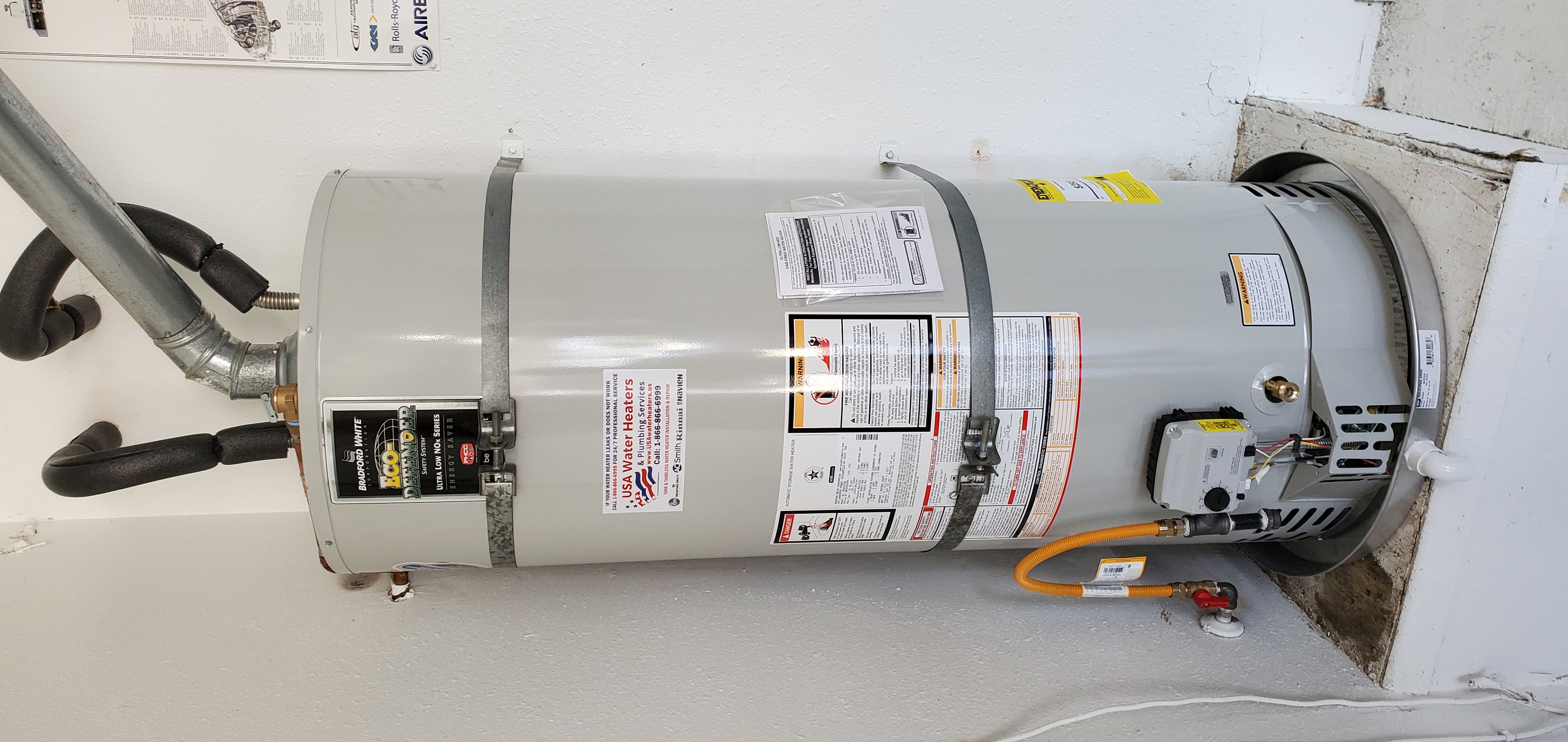Do It Yourself Water Heating System Installation: Vital Steps for Success
When taking into consideration a DIY water heating unit installation, it is essential to come close to the task with a systematic mindset, as the process involves numerous critical steps that can dramatically affect both safety and performance. Selecting the suitable water heating system for your certain demands is just the beginning; preparing the installation area and understanding the necessary tools and products are equally vital.
Picking the Right Hot Water Heater
When choosing a water heater, it is important to think about numerous essential variables to ensure optimal efficiency and efficiency - water heater installation. First of all, assess the kind of water heater that best matches your demands. Options include tankless, tank, and warmth pump hot water heater, each offering distinct benefits in regards to energy effectiveness and room needs
Next, assess the capacity needed for your family. A larger household might require a system with a better gallon ability or a tankless system that can provide continuous hot water. It's also crucial to think about the energy source; usual choices include electric, gas, and propane. Each energy kind has effects for installment costs and long-lasting power expenditures.
Energy effectiveness is one more vital variable. By carefully assessing these factors, you can pick a water heating system that lines up with your home's specific demands, ensuring comfort and performance for years to come.
Tools and Materials Needed
Effectively setting up a hot water heater calls for not only the best choice of device however likewise the ideal tools and products. Before beginning on your do it yourself task, ensure you have a comprehensive listing of things to assist in a smooth setup procedure.
Essential tools consist of a pipe wrench, flexible pliers, and a screwdriver collection (both flathead and Phillips), which will certainly aid you manage various installations and links. Additionally, a drill with suitable bits is required for installing brackets or making any called for holes. For safety and security, a voltage tester is crucial, particularly when managing electrical hot water heater.
As for materials, obtain Teflon tape to guarantee leak-proof links on threaded fittings. You will certainly additionally need a versatile supply of water line, which can be either knotted stainless-steel or PVC, depending upon your preferences and local codes. Do not forget to stockpile on installations, such as elbows and combinings, to attach the plumbing firmly. Last but not least, a frying pan or drip tray can aid handle any kind of possible leaks, supplying an added layer of security. By collecting these tools and products ahead of time, you established the stage for an effective water heater installation.
Planning For Installation
Before beginning the installation of your water heater, it is essential to examine the installment site to guarantee it fulfills all required requirements. Start by confirming that the area is well-ventilated, especially for gas water heating units, to avoid the accumulation of unsafe gases. Examine for the accessibility of necessary connections, including water supply lines and electric outlets, guaranteeing they remain in great condition and appropriately situated.

Furthermore, examine the existing pipes and electric systems to determine if upgrades or repairs are required prior to installation. This proactive approach not only makes sure conformity with regional building regulations but likewise boosts the longevity and efficiency of the hot water heater. Collect all needed permits, if essential, to prevent lawful difficulties later. Appropriate prep work establishes the phase for a smooth setup process and assists stop unexpected concerns.
Step-by-Step Setup Refine
With the preparation total and all necessary analyses carried out, the next stage includes the detailed installment of your water heater. For tank-type water heating units, attach the cold water supply line to the inlet, usually noted in blue, and the hot water line to the electrical outlet, typically assigned in red.
Following, safeguard the temperature and stress relief shutoff, which is necessary for safety. Affix the discharge pipe to this valve, directing it in the direction of the floor or a suitable water drainage area. For electrical models, link the power supply by stripping the wires and protecting them to the heater's terminals according to the maker's directions.
If you are setting up a gas water heating system, make certain the gas line is linked appropriately and inspect find out this here for leakages utilizing a soap remedy. Nevertheless connections are made, fill the storage tank with water prior to switching on the power or gas supply. Lastly, allow the hot water heater to reach the desired temperature and check for any kind of leaks around all links.
Ensuring Safety And Security and Effectiveness
Routinely making certain security and effectiveness during the installation and procedure of your hot water heater is crucial for optimal efficiency and durability. Begin by selecting an appropriate area that abides by local building ordinance and offers adequate ventilation. Ensure that the location is without flammable materials and has adequate space for upkeep and inspections.

After setup, conduct routine examine the system to discover leaks, deterioration, or unusual sounds. Establish the thermostat to a risk-free temperature level, i was reading this generally around 120 ° F, to avoid scalding and boost energy performance. Protect pipes to minimize heat loss, which adds to decrease energy expenses.
Final Thought
In verdict, effective Do it yourself water heater installation pivots on mindful planning and execution. Picking the appropriate water heating unit, preparing the setup area, and complying with a systematic installation process are vital steps.
When taking into consideration a Do it yourself water heater installment, it is important to approach the task with a systematic attitude, as the procedure entails several essential actions that can considerably affect both security and performance.Before beginning the installation of your water heater, it is vital to examine the setup website to guarantee it satisfies all essential requirements. For tank-type water heaters, attach the cool water supply line to the inlet, normally marked in blue, and the hot water line to the outlet, generally designated in red.Frequently making sure safety and security and efficiency during the installment and operation of your water heating unit is essential for optimum efficiency and durability. Selecting the ideal water heating system, preparing the installment location, and adhering to a systematic installment procedure are critical actions.